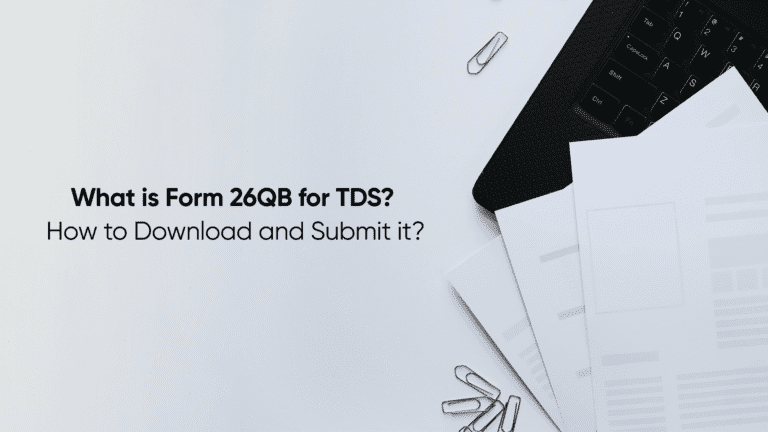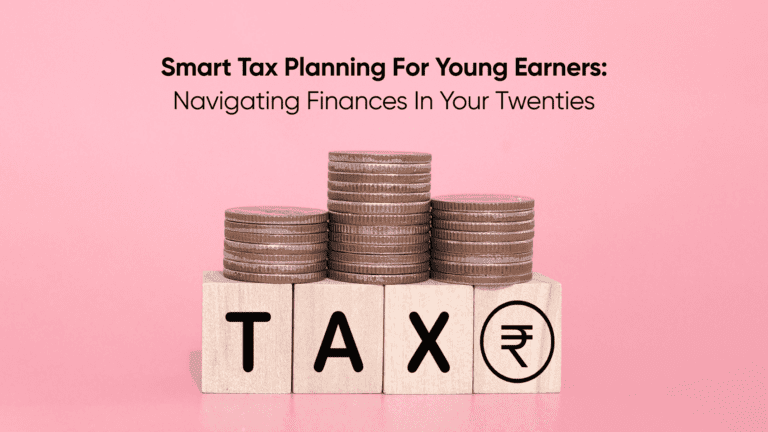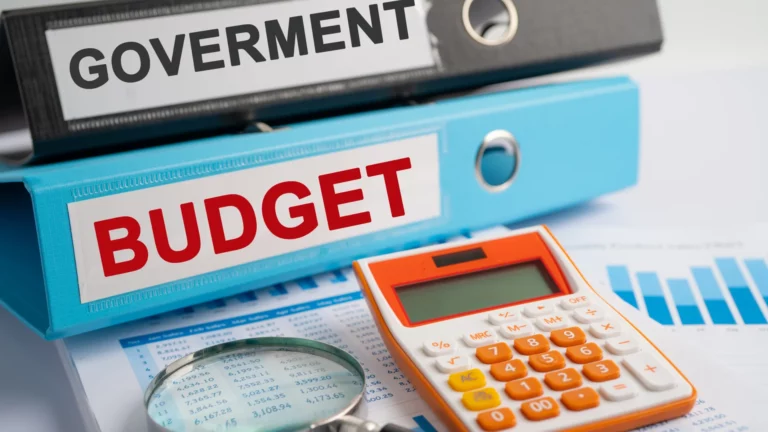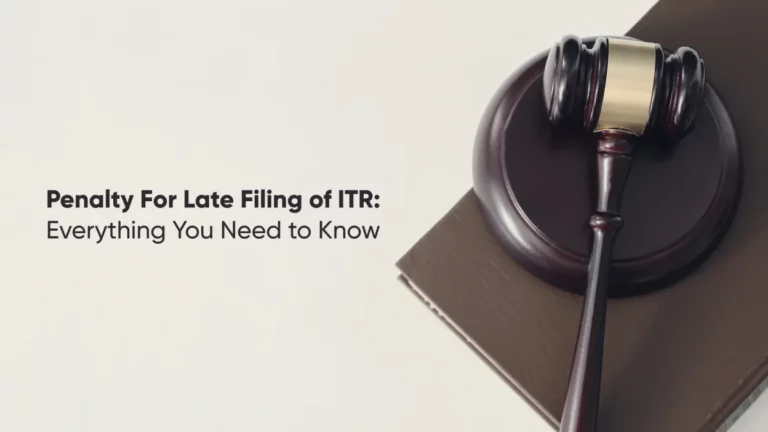What is Form 26QB for TDS? How to Download and Submit it? What is Form 26QB for TDS? Form 26QB for TDS is a crucial part of property transactions in India. It is a challan and statement used to pay the tax deducted at source (TDS) on the sale of property. Under Section 194-IA of […]
















